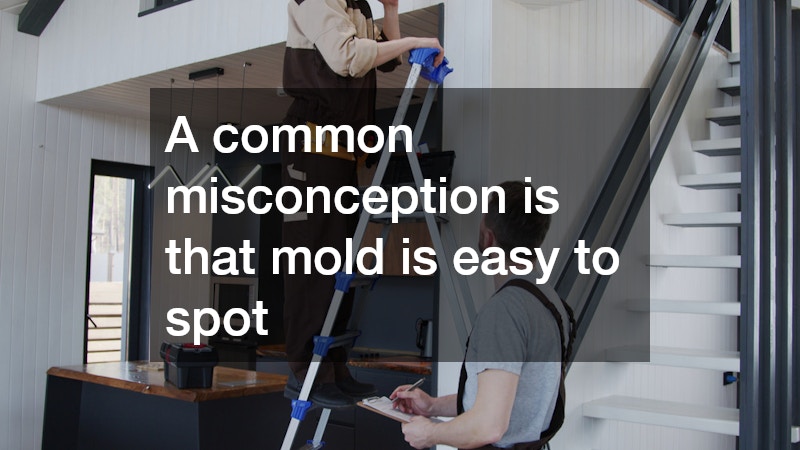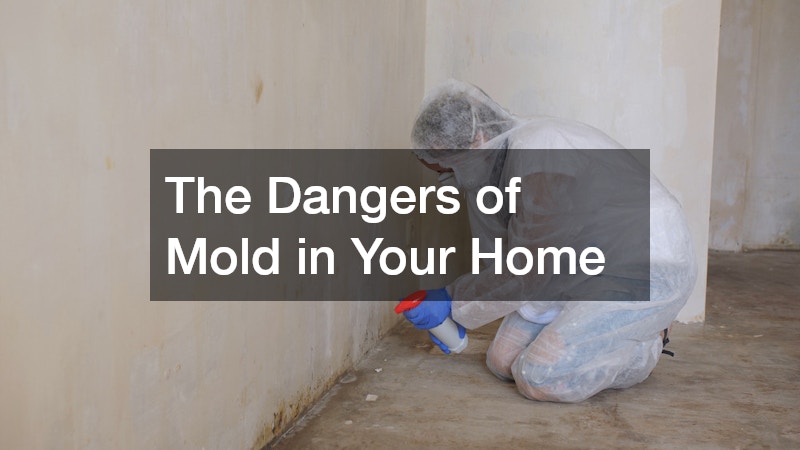Mold is a type of fungus that thrives in damp environments, making homes with high humidity levels or water leaks particularly susceptible. It can grow on various surfaces such as walls, ceilings, carpets, and even furniture. The spores can become airborne, compromising indoor air quality and making it easy for mold to spread.
A common misconception is that mold is easy to spot, but it can often grow unnoticed behind walls or under flooring. This hidden growth can exacerbate problems because it often goes undetected until significant damage has occurred.
Maintaining a dry and well-ventilated environment is crucial in preventing mold growth in your home.
Mold thrives in areas with poor ventilation and limited natural light. Basements, bathrooms, and kitchens are common areas where mold can be found because of their moisture-rich environments. Regular inspections and proper ventilation can prevent these conditions from allowing mold to proliferate.
Health Hazards Associated with Indoor Mold
Exposure to mold indoors can lead to a host of health issues, particularly for those with respiratory problems or weakened immune systems. Common symptoms include allergic reactions such as sneezing, runny nose, and red eyes. In more severe cases, mold exposure can trigger asthma attacks or cause respiratory infections.
Long-term exposure to mold can fatigue individuals, cause recurring headaches, and lead to persistent coughing even in otherwise healthy individuals. The presence of mold can aggravate chronic conditions like asthma, making management of these diseases more difficult. For families with children or elderly members, the risk is even more pronounced given their increased vulnerability to environmental pollutants.
Toxic molds, such as black mold, can produce mycotoxins, which may have serious health implications when inhaled over prolonged periods. Mycotoxins have been linked to neurological problems, including memory loss and mood changes. This underscores the importance of addressing mold issues promptly to safeguard the health of all household members.
The Importance of Professional Mold Testing Services
To effectively determine the presence and type of mold in your home, hiring a mold testing service is crucial. These professionals have the tools and expertise necessary to identify mold even in hidden areas. A comprehensive mold inspection can help identify the extent of the problem, enabling appropriate remediation efforts.
Mold testing services employ specialized equipment to collect air and surface samples, providing a detailed report on the types of mold present and their concentrations. This information is essential in guiding the remediation process, ensuring that all mold is eradicated. Without this step, homeowners may overlook areas of contamination, enabling mold to return.
By enlisting a professional mold testing service, you can gain peace of mind knowing that your home environment is safe and healthy. Professional assessments can also provide documentation needed for insurance claims or property transactions. This investment is small compared to potential health risks and property damage caused by unchecked mold growth.
Preventive Measures to Keep Mold at Bay
One of the most effective strategies for preventing mold growth involves controlling humidity levels in the home. Keeping indoor humidity below 60%, using dehumidifiers and air conditioners, can significantly reduce mold colonization. Regularly monitoring and addressing leaks in plumbing fixtures, roofs, and windows is also critical.
Proper ventilation in high-moisture areas, such as kitchens and bathrooms, is key to reducing mold-friendly environments. Installing exhaust fans and venting moisture-generating appliances like dryers and stoves can help. Additionally, ensuring that rainwater drains away from your home’s foundation can prevent moisture accumulation in basements and crawlspaces.
Regular cleaning and maintenance can prevent mold spores from finding a suitable place to grow. Using mold-resistant materials during home construction or renovation, such as mold-resistant drywall and paints, can also provide an extra layer of protection. Educating all household members about the risks of mold and the importance of these preventive measures can further support a healthy home environment.

